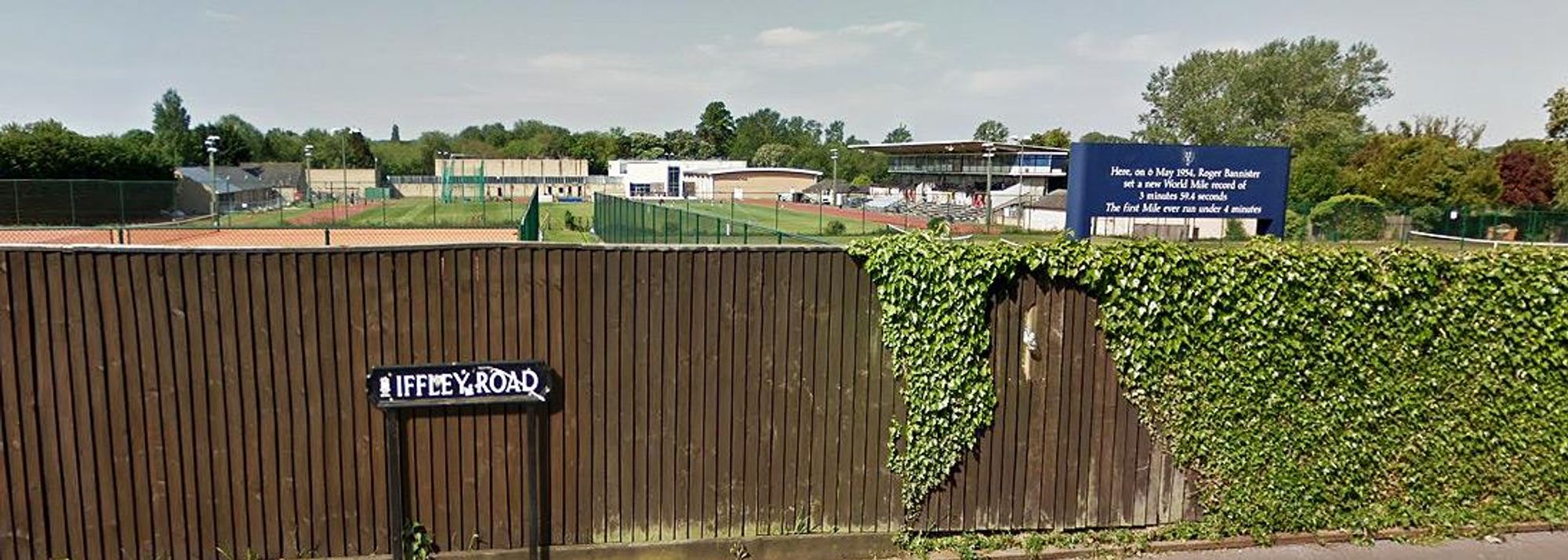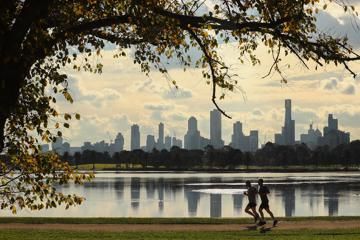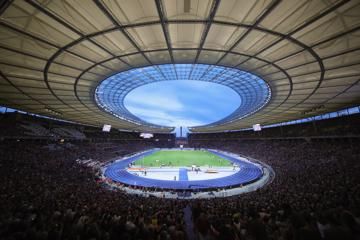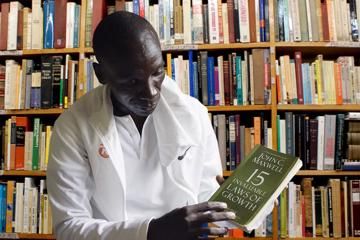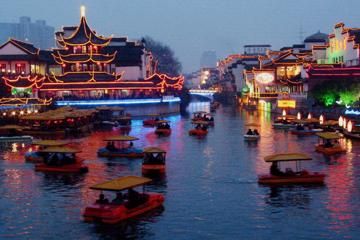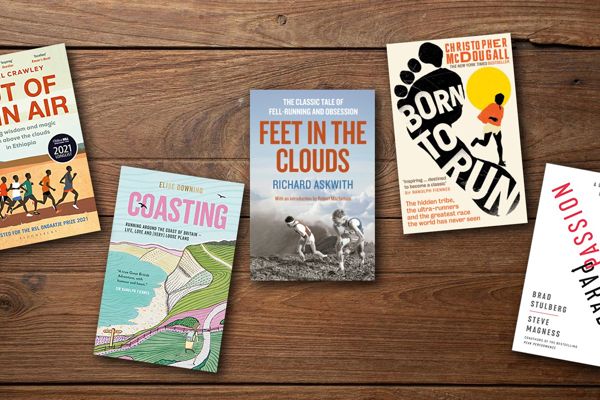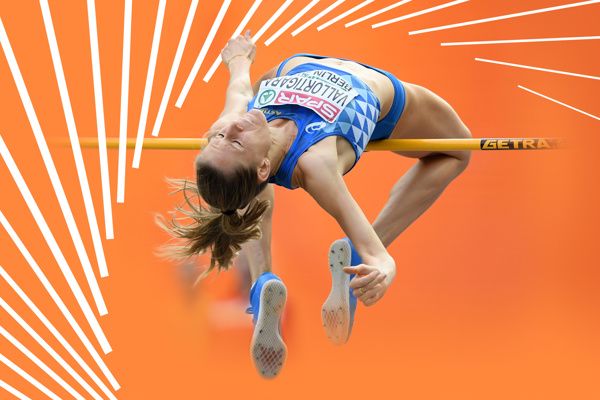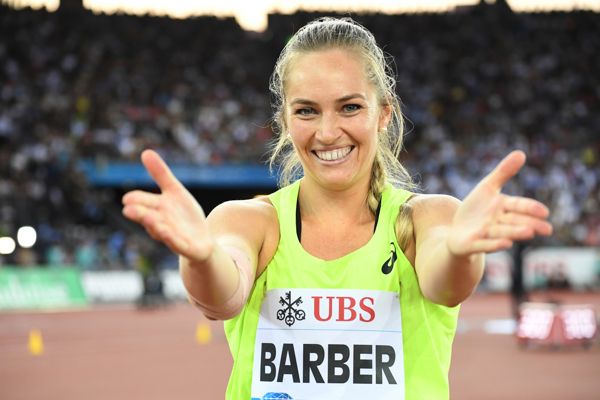Iffley Road, Oxford (© Google)
Imagine you were on your own personal road trip to tick off significant locations within Britain’s rich athletics history. Where could you start, and where could you end?
 Brighton
Brighton
Don’t take this as gospel, but say you were starting at the bottom and working your way up – in the time honoured manner of all aspiring athletes – you could perhaps begin your pilgrimage at St John the Baptist Church in Church Road, Brighton. One low iron railings of which, in late 1981, impaled itself into the thigh of Britain’s Olympic 800m champion Steve Ovett as he ran momentarily out of control on a training run through the streets of his native town.
That ruined his 1982 season. Ovett recovered, and set a 1500m world record of 3:30.77 at Rieti the following year, but many felt he was never the same athlete again, despite the fact that he reached the 1984 Olympic 800 and 1500m finals, during which he was suffering respiratory problems and chest pains, and that he won the 1986 Commonwealth 5000m title in Edinburgh.
You could then, if you were so minded, wander over to Preston Park, where a statue of the local hero was erected. Only to discover it had been stolen in 2007. You could then move on to Madeira Drive, where a replacement now stands – before heading off for shopping in The Lanes and a wander down the pier.
 Crystal Palace
Crystal Palace
Where next on your bucket list tour of significant UK athletics sites? From Brighton station it will take just over an hour and a half to go directly to Crystal Palace station.
Ten minutes’ stroll, and you are at a historic epicentre of British athletics – albeit downgraded following construction of the London Stadium in time to host track and field at the London 2012 Olympics.
Throughout the 1970s and most of the 1980s, this modest stadium set in the ample parkland of a site chosen for the original Crystal Palace built for the 1851 Great Exhibition - and which burned down in 1936 – hosted the Amateur Athletic Association Championships when they were the pre-eminent meet of the British calendar.
From 1999 to 2012 this sunken bowl also hosted the annual, and usually two-day London Grand Prix, which served as an IAAF Diamond League meeting for the last three of those years.
This arena witnessed the likes of British athletes such as Brendan Foster, Alan Pascoe, Ian Stewart, Dave Bedford, David Jenkins, Steve Ovett, Sebastian Coe, Roger Black, Colin Jackson, Steve Cram, Sally Gunnell, Steve Backley, Linford Christie and Jonathan Edwards operating at their peak.
On the Friday evening before the main fare of the 1973 AAA Championships was laid out over the weekend, Dave Bedford smashed the world 10,000m record with an audacious individual run, recording 27:30.80 to take almost eight seconds off the mark of Finland’s Olympic champion Lasse Viren.
The following day I turned up in a school party and got autographs from Foster, Jenkins and Pascoe. But you don’t need to know this.
Later that year, Foster broke the world record for two miles on this track with a time of 8:13.68.
It saw an epic mile race in 1983 between the newly-established world 1500m champion, Cram, and Ovett, with the former edging the verdict.
In 1990, another Briton set a world mark in this south London arena as Backley hurled the javelin out to 90.98m to reclaim the record from Jan Zelezny of the Czech Republic.
British 400m runner Conrad Williams recently described Crystal Palace as “our Wembley of track and field”. But he did so in defence of an arena that is currently under threat of being bulldozed for redevelopment. That would be awful. It’s a lovely spot. Go and see it, and take a picnic for the parkland around it.
 Wembley Stadium
Wembley Stadium
Wembley, of course – the old Twin Towers Wembley that is – hosted the 1948 Olympics. The new stadium is built partly on the footprint of the one which witnessed, among many other splendid things, Fanny Blankers-Koen winning four gold medals, a feat which earned her the title as the IAAF’s Female Athlete of the Century. (To which she responded with incredulity: “You mean…it is me?”)
Tours of the stadium, which houses a mass of memorabilia from the old Wembley, can be readily booked online at wembleystadium.com.
To get there by Tube, you need Wembley Stadium, two stops along the Metropolitan Line from Baker Street.
There are two standard exhibitions at Wembley, and if athletics is your main interest you need to get yourself up to the one based in the Lioness Bar, where there are photos, stories and other items connected with the 1948 Olympics, along with one of the flags used in the Opening Ceremony.
If you want to see the two huge plaques detailing 1948 athletics gold medallists, which lined one of the old Wembley entrances for half a century and were transferred to the new Wembley ahead of the London 2012 Games – well, you’d be advised to go there in about a year’s time. They are currently being stored to avoid harm during extensive renovations…
 White City Stadium
White City Stadium
Were you so minded, you could detour and visit another great British athletics spot – the site of the White City stadium that hosted the 1908 Olympics, with the wobbling Dorando Pietri finish to the marathon, Arthur Conan-Doyle and other officials at his side.
If there were an HG Wells time machine available, that struggling crew would probably now find itself in one of the waste disposal areas of the flats now built on that sacred ground in Wood Lane, collectively named White City Place, which were initially part of a BBC media village.
Before they moved to Crystal Palace, the AAA Championships were held at the White City from 1932 to 1970, and it was on this track in 1954 that Chris Chataway dramatically beat Vladimir Kuts, bettering the Russian’s 5000m world record in the process.
If you wish to make this faintly mournful pilgrimage, White City Tube station, on the Central Line, deposits you on Wood Lane itself.
 London Stadium
London Stadium
The current epicentre of athletics in the capital is, of course, the London Stadium that hosted the London 2012 track and field action and also staged the last IAAF World Championships in 2017, as well as providing the regular venue for the two-day London Diamond League meeting from 2013 onwards.
Tours of this arena, now the regular home of Premier League West Ham United, are available. (Here's how you get there.)
While the track is mostly under cover for football purposes, you can wander round the indoor warm-up track and there is a certain amount of athletics memorabilia, including a medals wall tribute to a range of gold medallists, on offer, as well as media recordings of highlights such as Usain Bolt’s 2012 Olympic victories, and Super Saturday, when home athletes Mo Farah, Jess Ennis and Greg Rutherford earned gold in the 5000m, heptathlon and long jump respectively.
Come next January, however, athletics fans will get a bigger bang for their buck as there are plans to open a permanent London 2012 exhibition, with discussions currently underway with the International Olympic Committee.
Before you leave London, you may want to travel one stop up from Victoria, on the Victoria Line, to Green Park. Where you will soon be able to arrive at The Mall which, since 1994, has been the location of the finishing line in the London Marathon.
The elation, emotion, exhaustion generated over those few hundred final metres, down the years. You can almost feel it. It is a location indelibly registered in the minds of many, many thousands of British runners.
Next stop – by rail, London Paddington to Oxford. About an hour. Why are we here? Oh come on, please. May 6, 1954? Thank you…
So far, three places in Britain have been honoured with a Heritage plaque, the award instituted in December last year to celebrate venues that have made outstanding contributions to the history and development of athletics.

